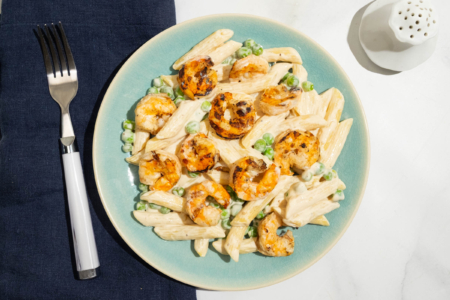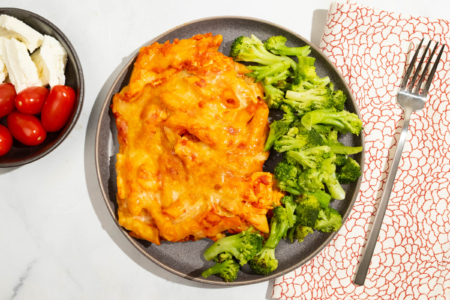These sweet tubers are a versatile plant that can be roasted, boiled, steamed, grilled, or eaten raw. A great substitute for carrots in any recipe, parsnips are worth adding to your cart next time you’re at the store.
What are Parsnips?
Parsnips are a white root vegetable native to Eurasia. The edible roots can grow up to a foot in length and get sweeter the longer they sit underground. Related to parsley and carrots, parsnips have been enjoyed by humans for thousands of years.
How Do I Cook Parsnips?

Like carrots, parsnips require peeling or thorough scrubbing before use. Parsnips do well with a variety of cooking methods. As a side dish, parsnips can be cubed and roasted, boiled and pureed, or left whole and braised. Although parsnips have more starch than carrots, they have less starch than potatoes, which makes them perfect for pureeing. Potatoes can get gluey if overly mashed, but parsnips stay silky smooth. Our recipe for Bacon Wrapped Pork Tenderloin with Parsnip Puree showcases how parsnips are the perfect pairing for savory meats as their creamy texture and sweet flavor balances rich flavors. For a heartier texture, try our recipe for Mashed Parsnips, which are slow cooked for four hours until tender. Looking for something a bit crunchier? Toss 2 cups of peeled, cubed parsnips with 1 tbsp olive oil, 1 tsp salt, and ½ tsp ground black pepper and roast in a 425°F oven for 35 minutes, or until browned.
Where Can I Buy Parsnips?
In the United States, parsnips can be found in most grocery stores with other root vegetables throughout the winter. For the freshest parsnips, seek out a winter farmer’s markets to find these tasty tubers grown close to home. Parsnips can be stored in the refrigerator for nearly two weeks if they are kept dry.
Feature Image: Ulrike Leone from Pixabay



